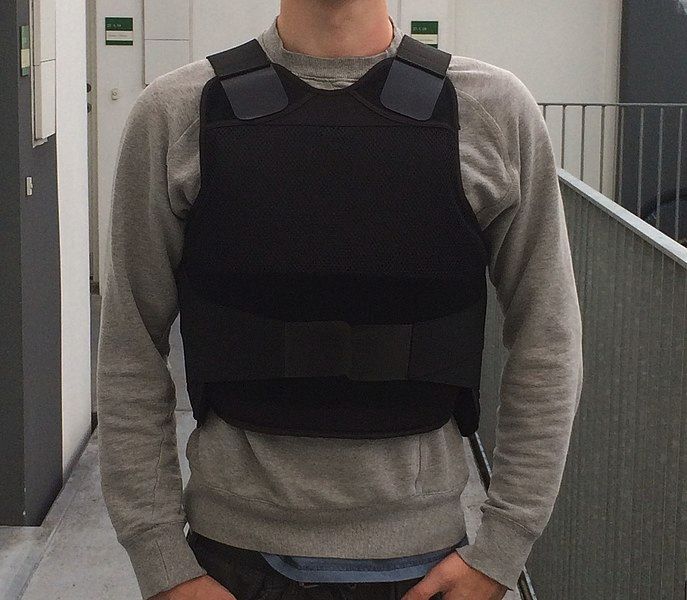According to the classification offered by American specialists (accepted by most countries of Europe, Asia, Africa and the East), personal protective equipment against bullets and fragments is divided into two large groups: — lightweight splinter-proof body armors; — so-called “bulletproof” body armors. The latter have high-strength detachable armor panels, without which the body armor serves as anti-splinter. Each of these groups is divided into subgroups or classes. Body armors that belong to different classes differ primarily in their weight, design parameters and materials used.
Main Body Armor Standard (United States)
US firms produce the body armors, whose bulletproof levels of protection and performance properties meet the following standards: —military body armor: MIL-BSTD 44053; —police body armors: NIJ-STD 0101.01, adopted in November 1977. Later, a body armor standard with the same name was adopted— NIJ-STD 0101.03 (a new edition of this standard has been in effect since September 2000 — NIJ-STD 0101.4) Class I includes the lightest body armors, made of 7-10 layers of shock-resistant materials, with a shock absorbing layer of minimum thickness. They provide protection from edge weapons, low-speed fragments and small-caliber easily deformable bullets of handguns— pistols and revolvers. They are used by policy, internal troops, customs and civilians. Class II includes the body armors offering more powerful protection. They include many layers of high-impact fabric (usually 16-30 layers of kevlar) and a thicker shock absorbing layer. Class IIА has no coating, while IIВ class has extra kevlar lines (up to 25 layers thick). Class IIIA body armors provide protection from all types of pistol bullets when shooting from the pistols and submachine guns from a distance of 3 m. Class III and IV body armors are considered the heavy types. Their constructive basis is the soft (“basic”) vest made of multilayer fabric (up 42 or more layers) with the hard armor panels embedded in the pockets. Class III body armors ensure protection from the regular bullets of 5.56 and 7.62 mm for automatic rifles, and class IV armors— from the armor-piercing bullets of these calibers. Thickness of the lightweight ceramic armor panels is 10-13 mm (with a surface density of 26 kg/m2), while the heavy panels are up to 17 mm (42 kg/m2) thick. Panels with a thickness of over 13 mm and a weight of more than 1.7 kg meet the requirements of class III. 5.56-mm SS109 bullets penetrate class III body armors from a distance of less than 8 m, while 5.56-mm bullets pierce class IV body armors from a distance of 50 m.
Conclusion
Based on the informational data, practical demand for military body armors is limited to the vests with IIIA protection level and, to a lesser extent, with II protection level. Both types of these body armors can be enhanced to classes III and IV through the additional armor panels.

